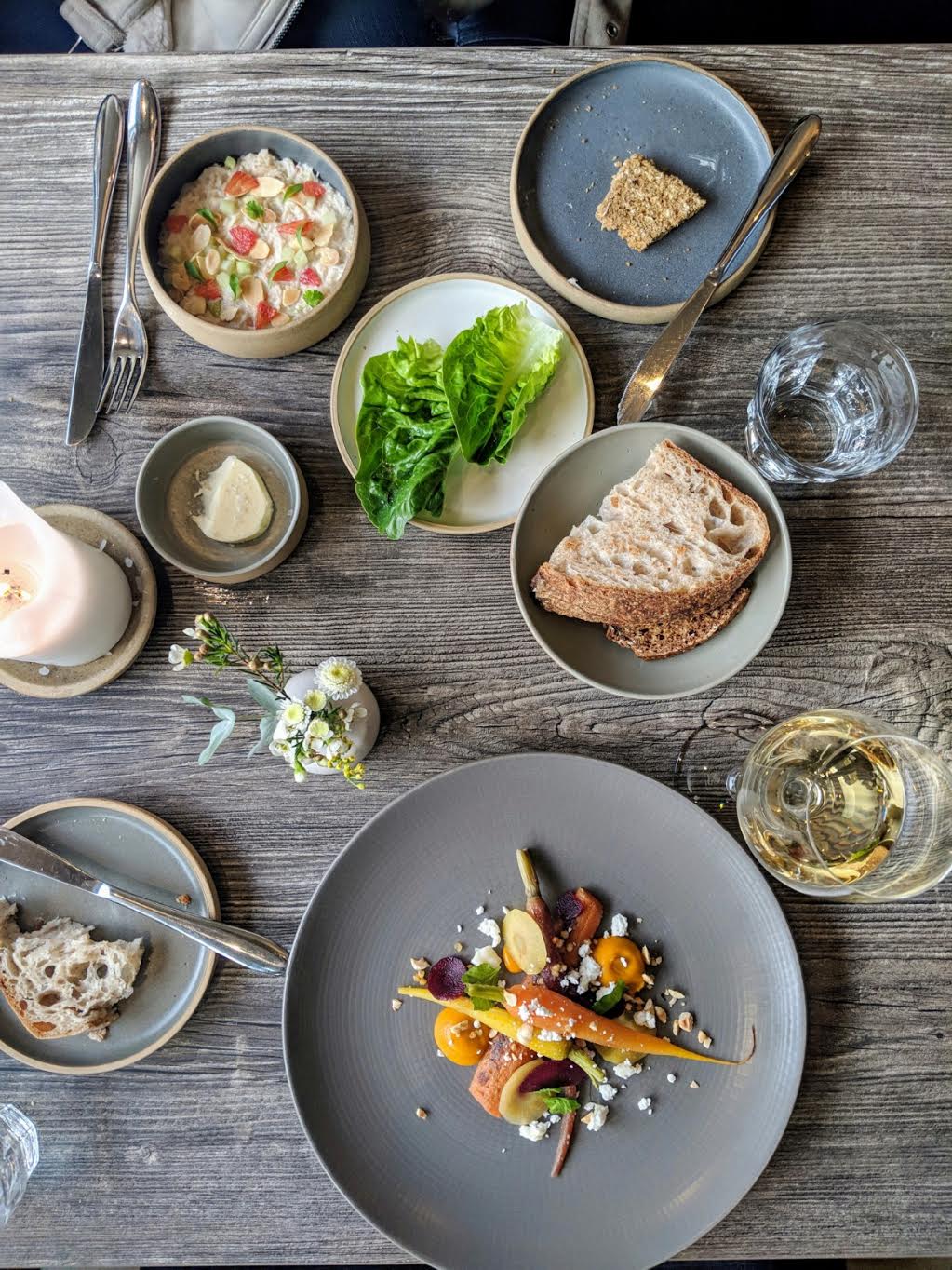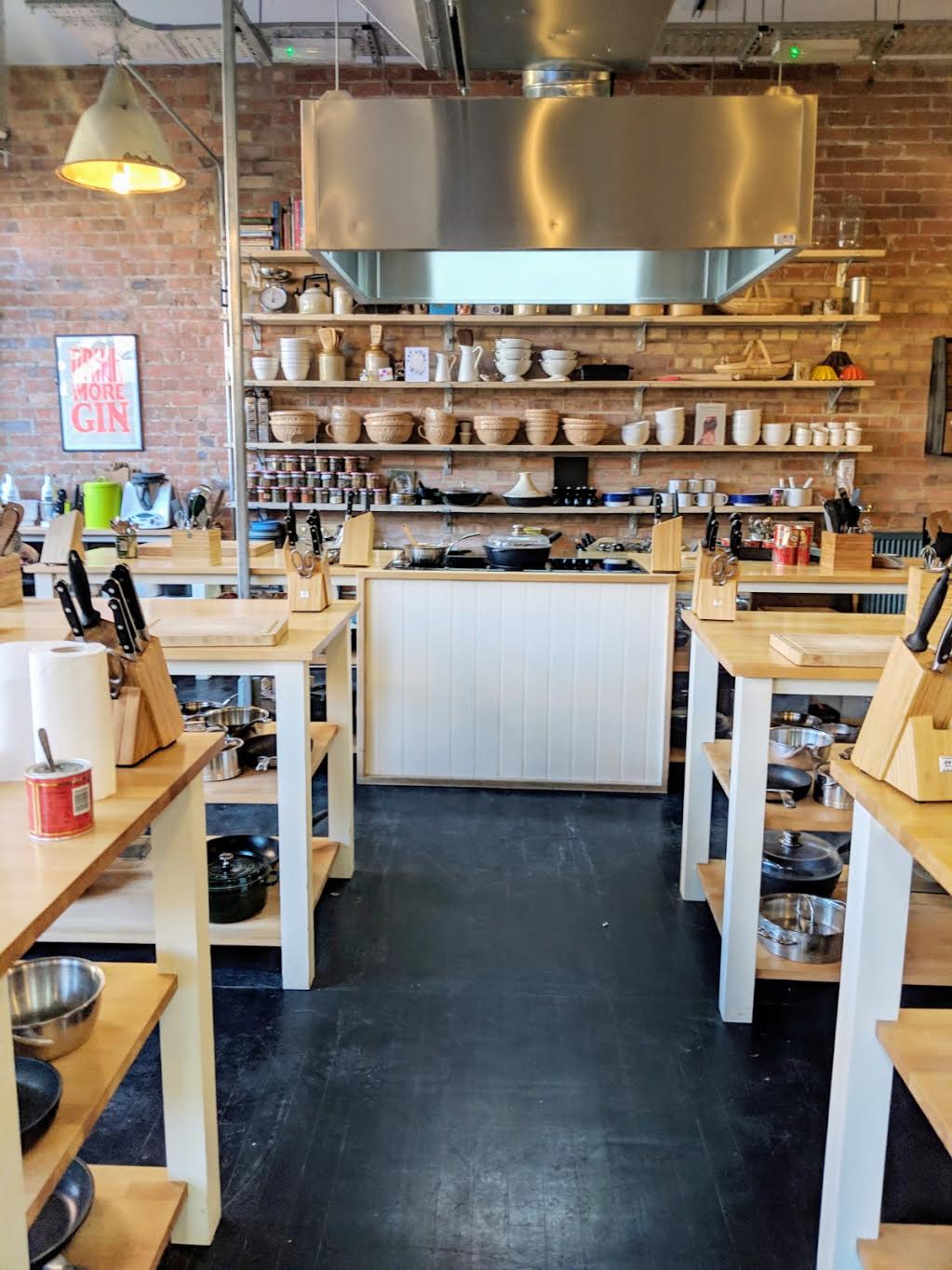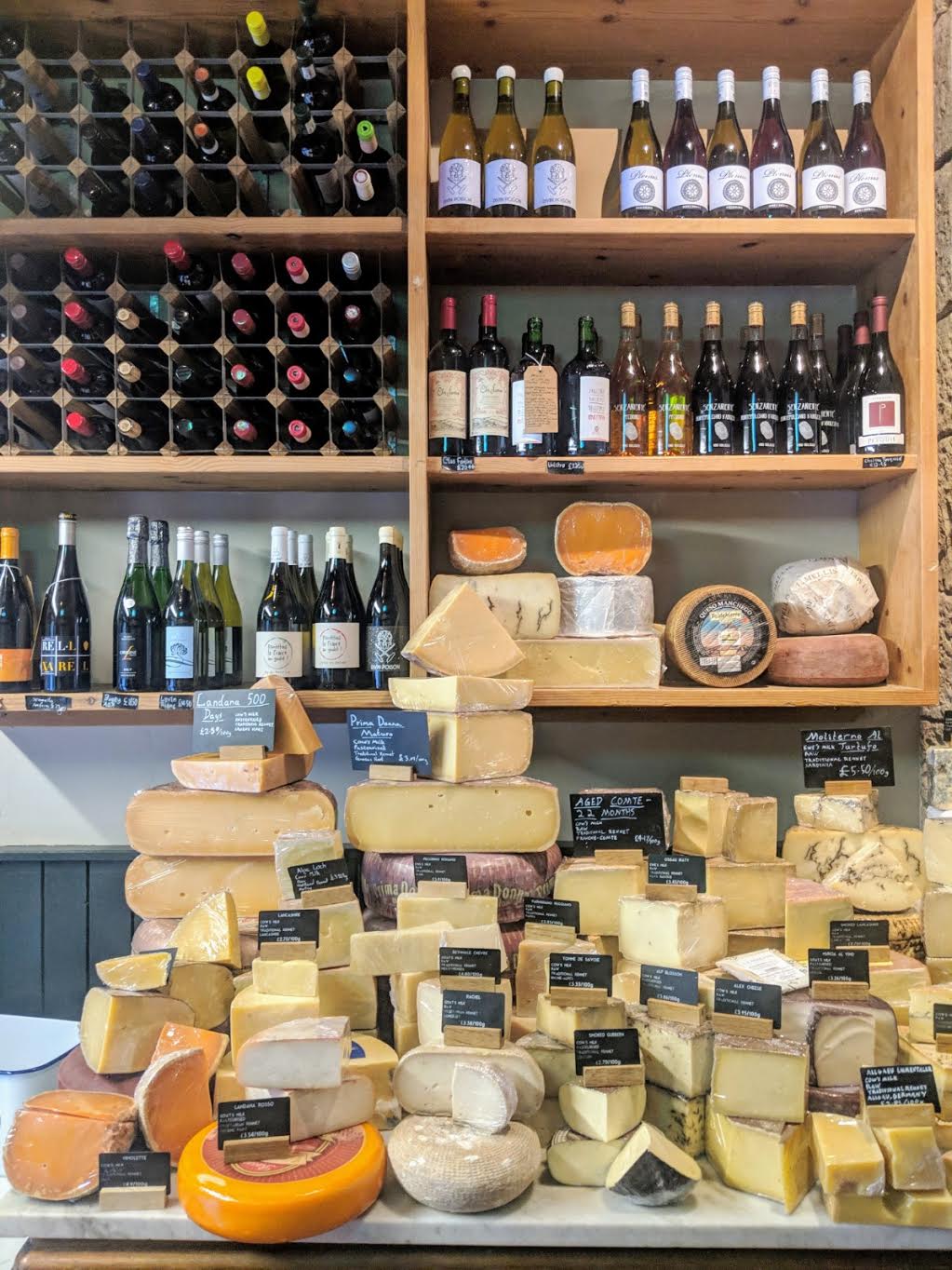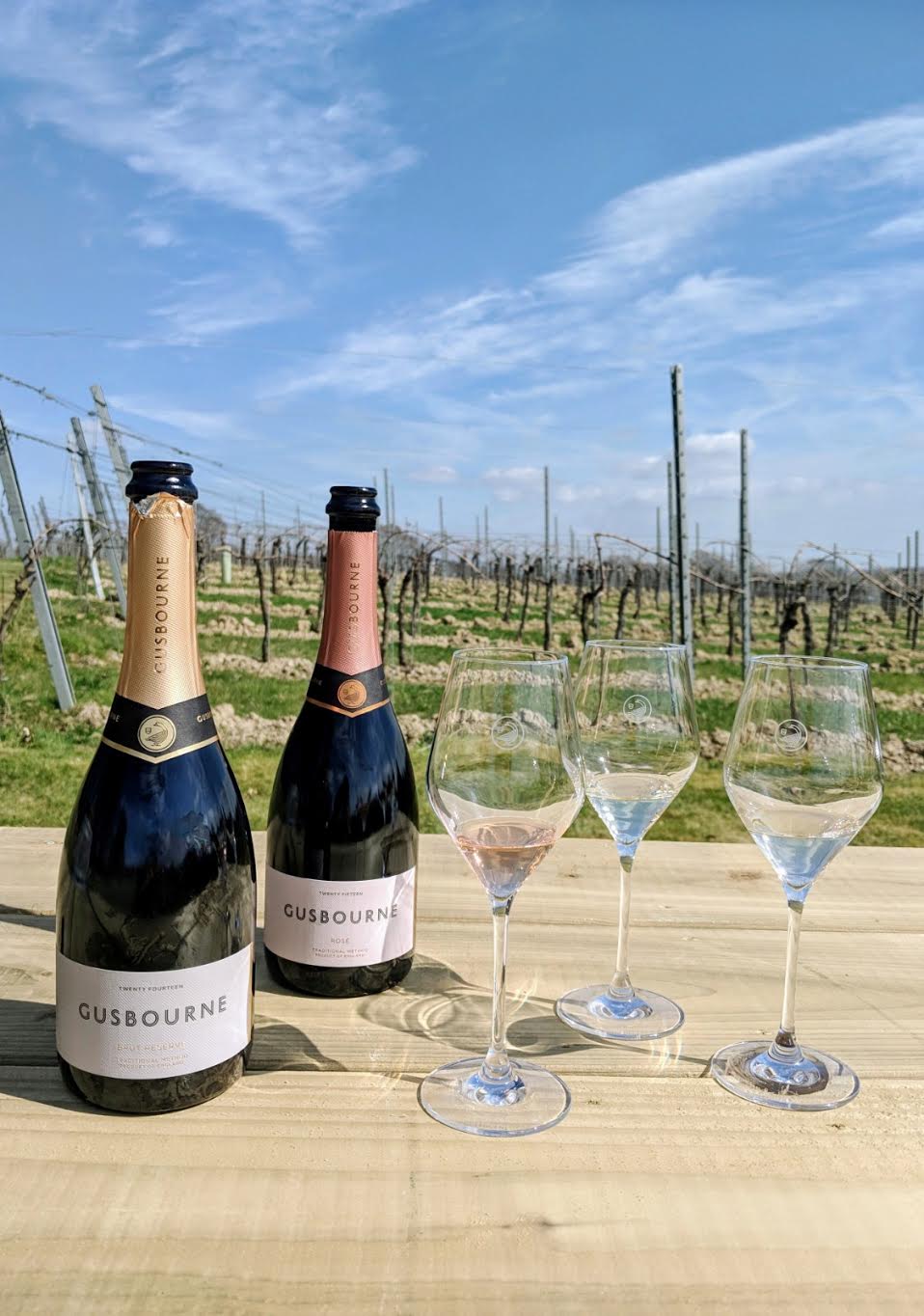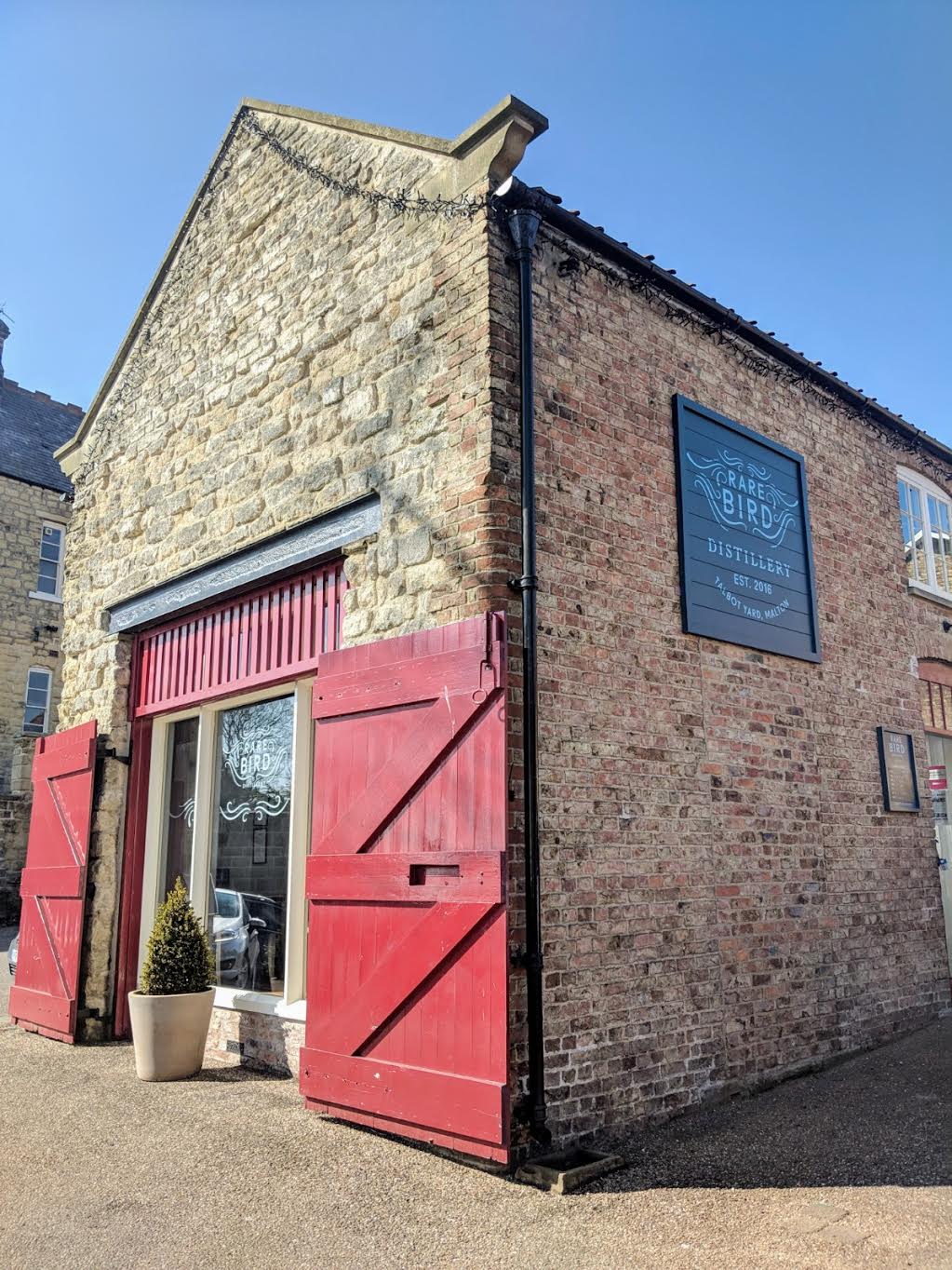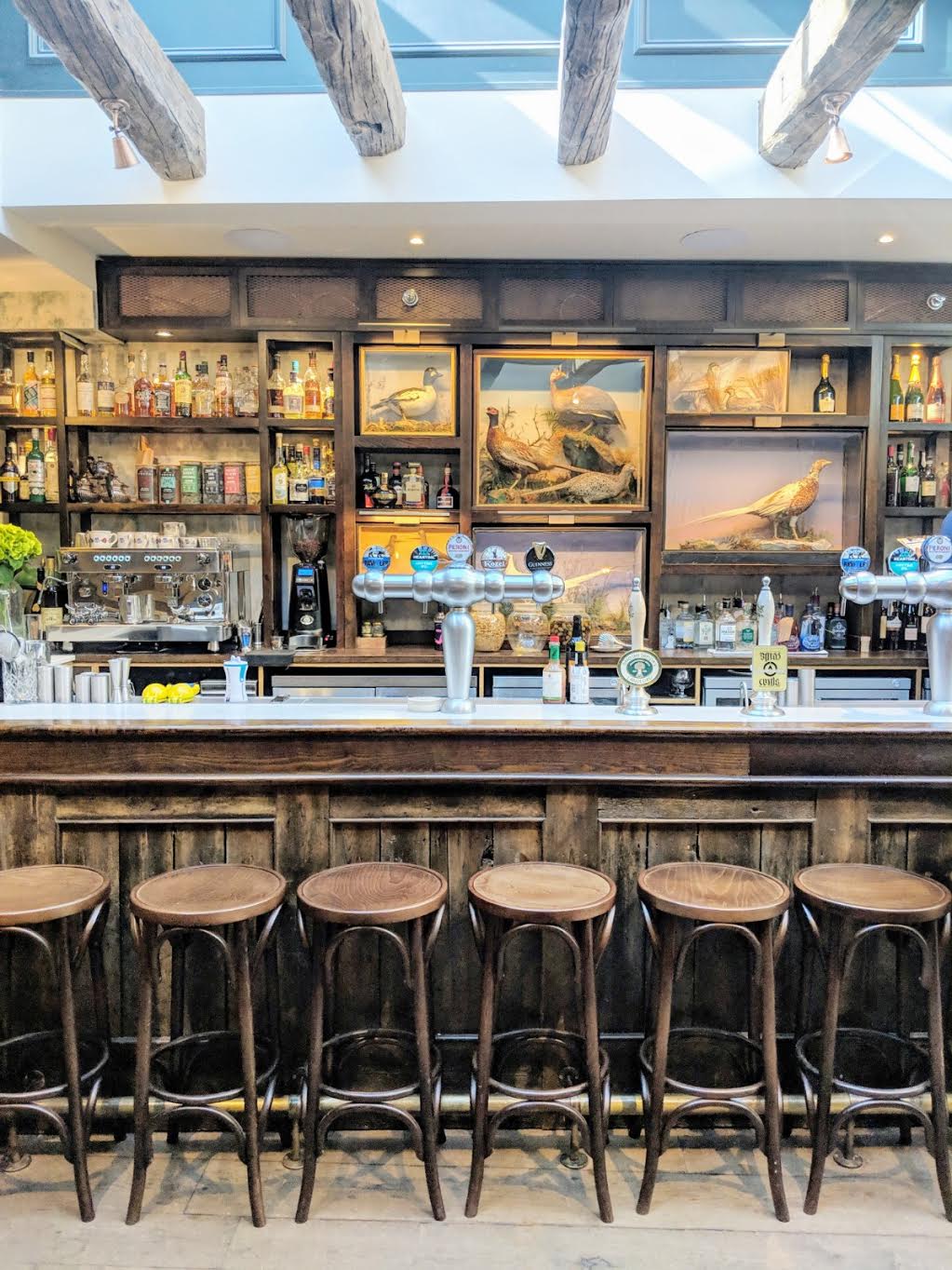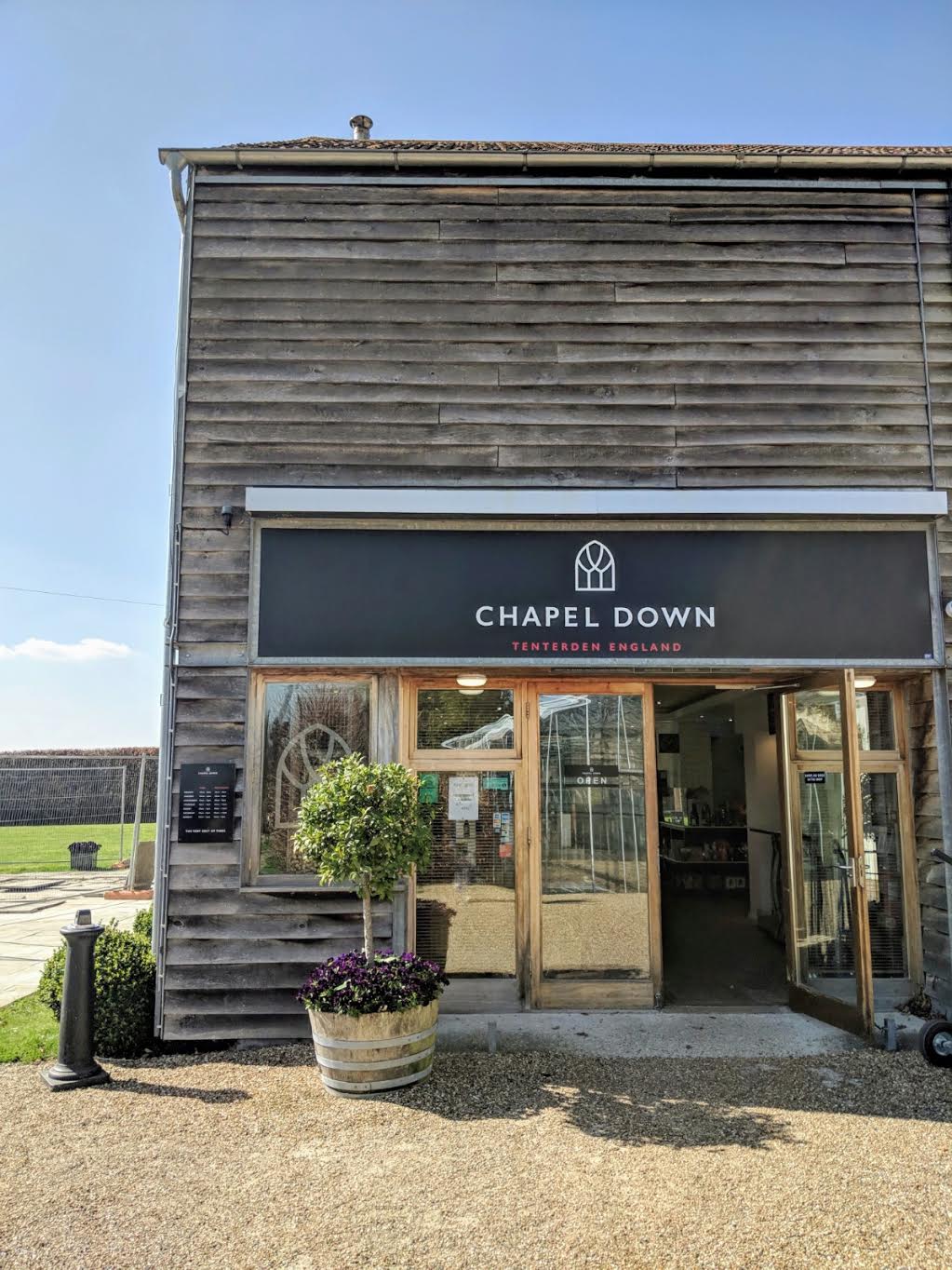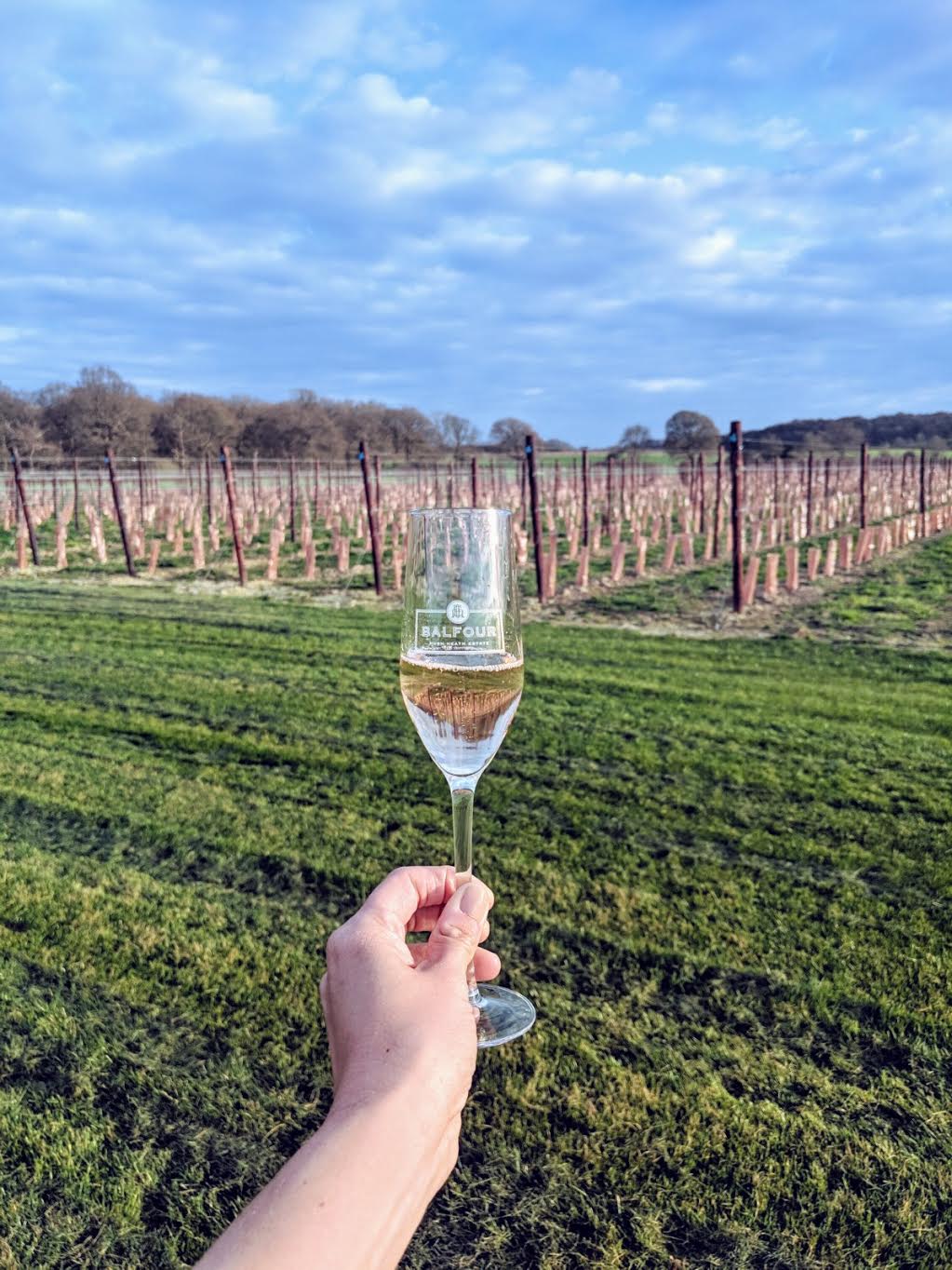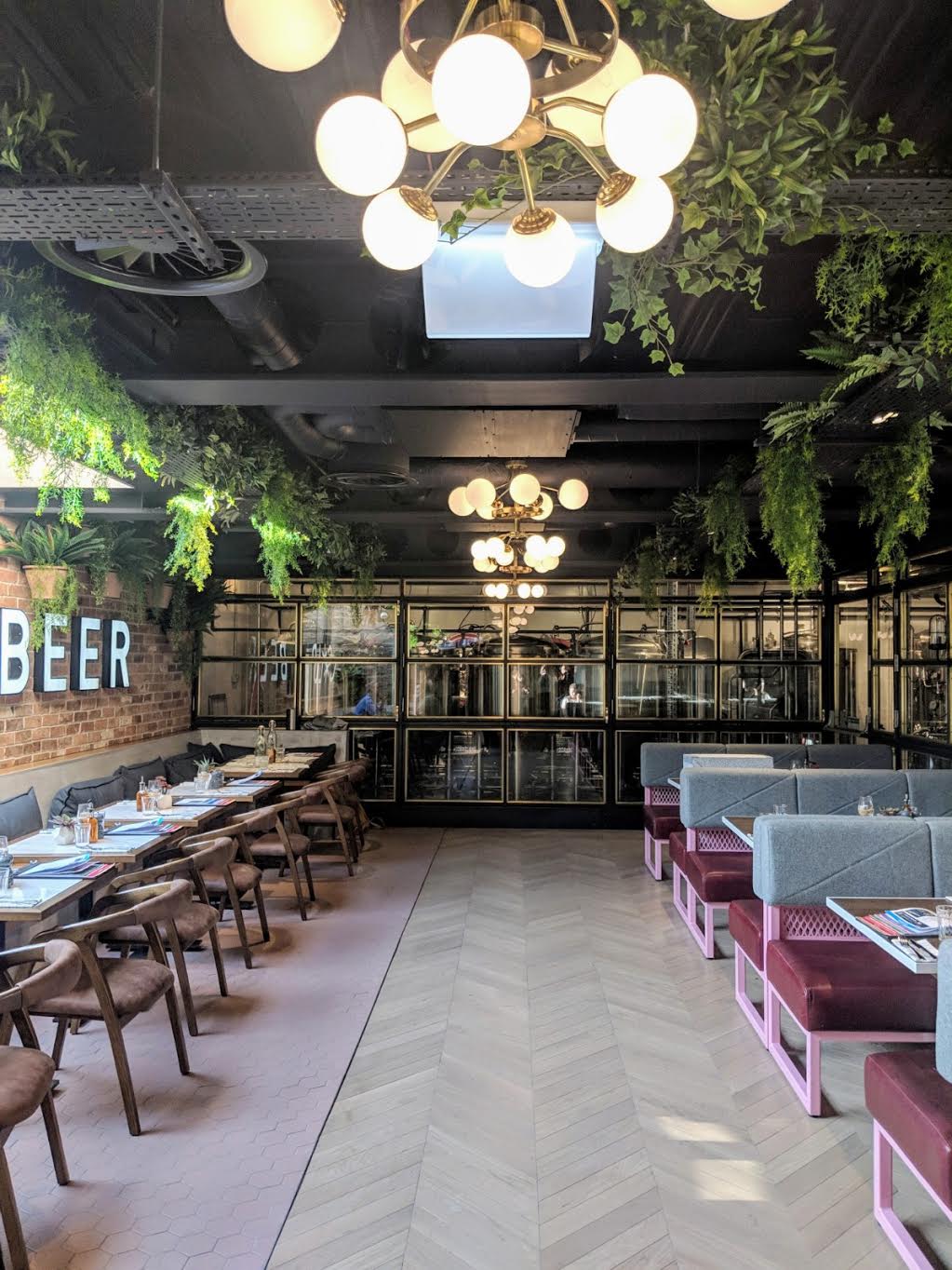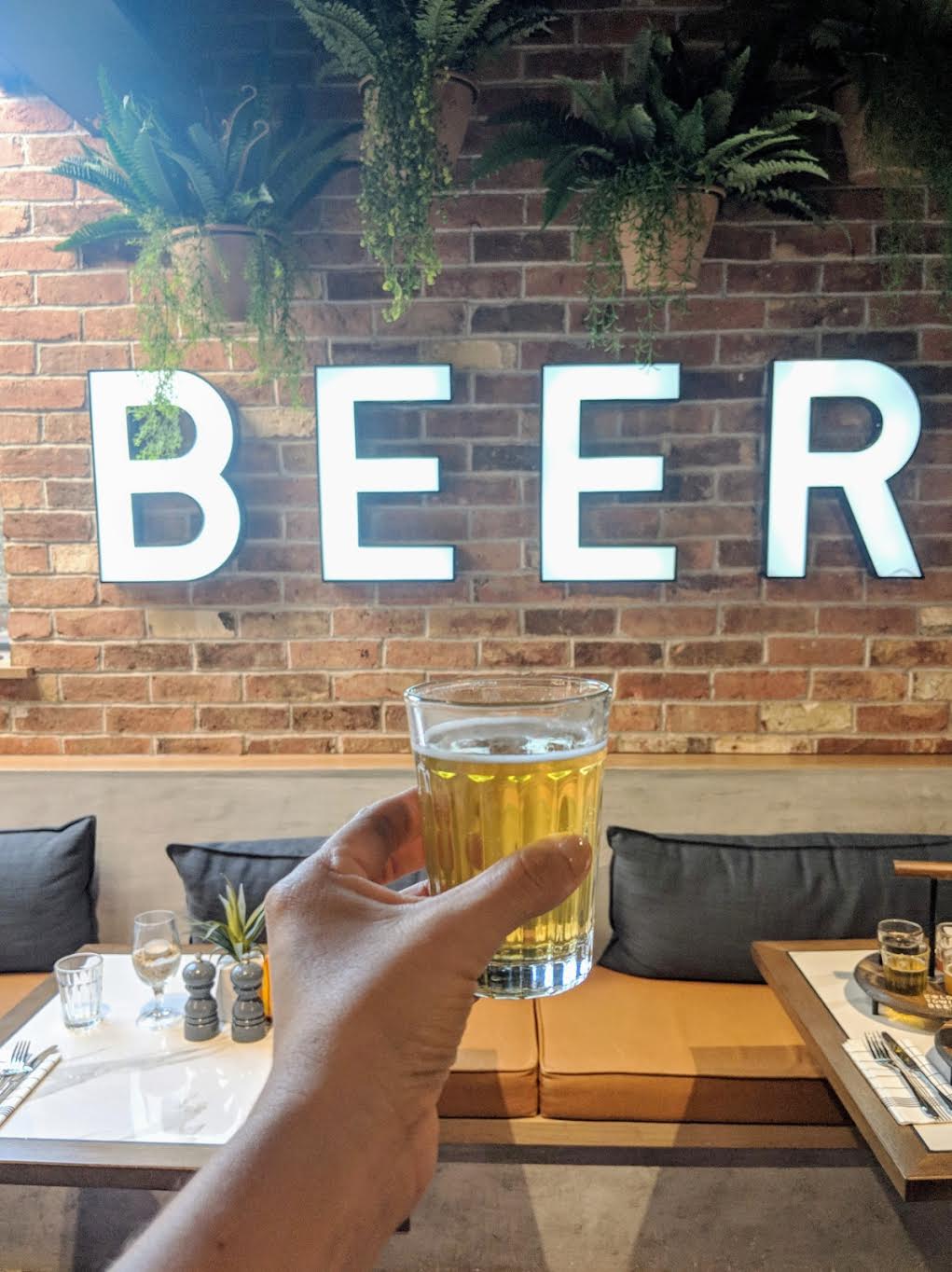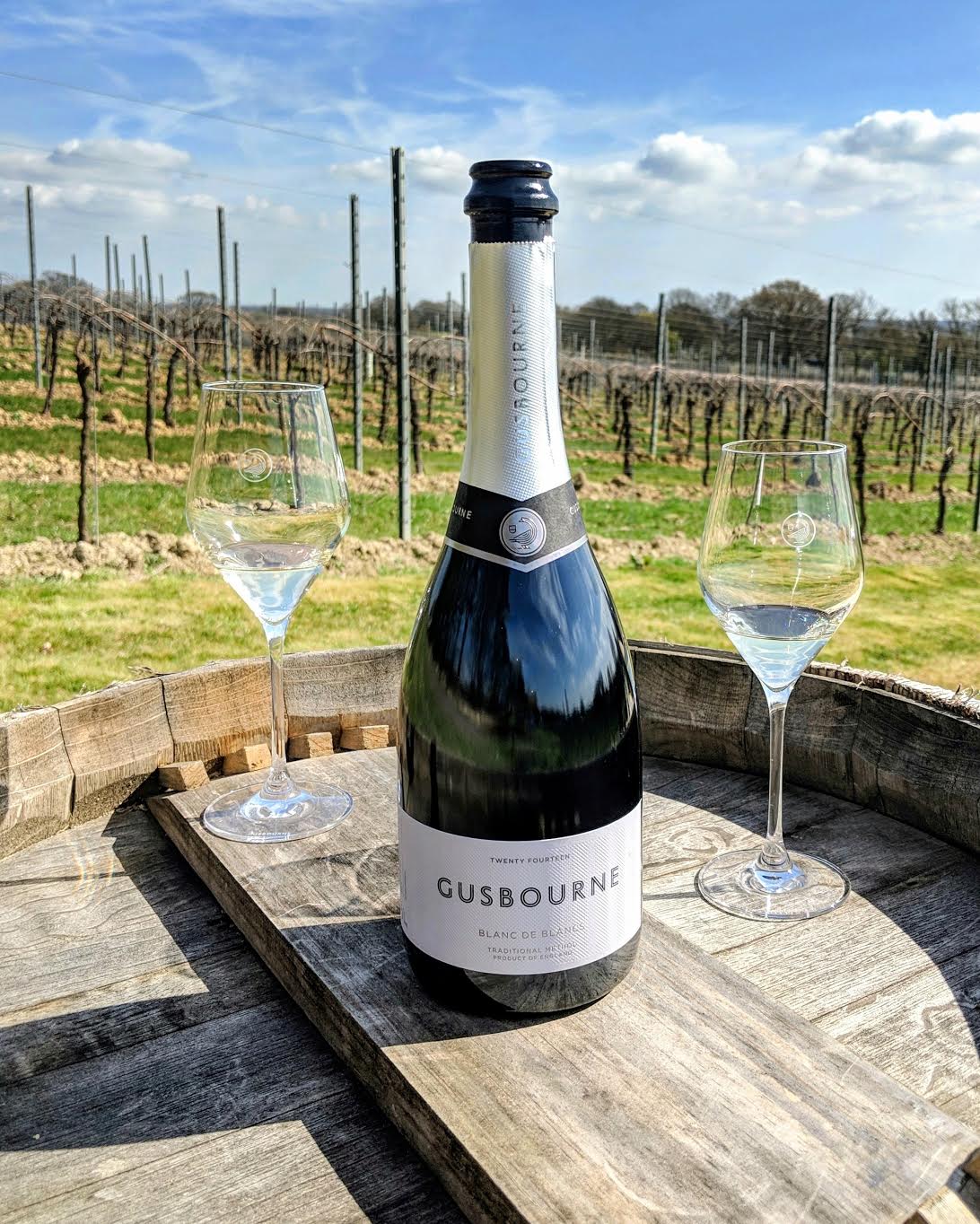Sommelier in the UK
Over an eight-day tour, I was completely immersed in UK culture, cocktails and cuisine. I tasted a Scotch Egg, explored Kent’s incomparable vineyards, and got to see the gin craze firsthand. I’d say it was a week-long lesson on imbibing like the British. This trip was in partnership with Great British Food and their “Food is GREAT” campaign. If you’re planning a trip to the UK soon, make sure to follow @GreatBritishFood for the best food, drink and other travel recommendations. I was truly honored to experience the unbelievable range of food and drink available in the UK.
Having tasted and worked with a few English sparkling wines over the years, I’ve always been impressed by the heightened acidity and Champagne-like minerality. This is due to the fact that most English sparkling is produced in the same style, and even planted in a similar climate to, Champagne. At around half the price, putting this bubbly on your radar should be a no brainer.
Wineries of Southern England
The first top on our Kent winery tour began at Gusbourne Estate, located the furthest Southeast, on low slopes where the sea used to be. The majority of their 90 hectares of vineyards is located on this marsh, just 6 miles inland. The soil, comprised of clay and sand, has ideal drainage and sun exposure across these low slopes. The rain tends to follow a southeast pattern, keeping the winery dry and sunny. It was around 55 degrees last week and we were told that it didn’t snow at all this winter, if that gives you an indication of their optimal weather conditions.
The winery was founded in 2004 by Andrew Weeber, a surgeon with a passion for Champagne. Grape vines had never been planted on his estate, and the ones today were brought over from Dijon. They are all planted North to South, due to the constant Southwesterly winds. The only pests here are birds, but they are easily managed by moving a silver balloon around the vineyards, since apparently, they despise change.
Today, Gusbourne is producing almost exclusively sparkling wine and we were able to taste their top three produced each year. All of their Sparkling wines have seen some amount of time in oak, for texture purposes. Over 1,000 oak trees grow on their property, and they have only found one to make a few English barrels out of. The rest of their wood comes from France, including large foudres from Burgundy.
The tasting included their 2015 Rose (54% Pinot Noir, 32% Pinot Meunier, and 14% Chardonnay), the 2014 Brut Reserve (60% Pinot Noir, 22% Chardonnay and 18% Pinot Meunier), and the 2014 Blanc de Blancs (100% Chardonnay). All impressive, full of acidity and slightly mineral, the resemblance to Champagne was uncanny.
Our tour continued at Chapel Down, not just a winery but brewery and distillery as well. Like most of Gusbourne’s vineyards, their property was actually where the coastline came to in the 12th century. They decided to plant vines in the 1970s, when Steven Skelton, MW bought this 26 acre hop farm at the time, and started from scratch. All of the vines were planted on southwest facing slopes, for optimal sun exposure.
One grape that flourished during Skelton’s planting experimentation was Bachhus, a crossing between Riesling, Muller Thurgau and Silvaner. This grape was one of the only to ripen properly for the production of wine. Today, the estate has more options in terms of varietals that work, due to global warming. After tasting the Bacchus, it almost reminded me of a Sauvignon Blanc from New Zealand, with ripe, tropical fruit on the nose and palate. 2018 was their largest harvest to date, producing over 15 million bottles from their 600+ acres of vines! That makes Chapel Down the largest producer of wine in England, with an output covering 1/8th of the entire production.
The grapes for their sparkling wines are planted across 300 acres in Kent, with a similar climate and soil to Champagne. Chapel Down’s production is approximately 50% Sparkling wine, with Chardonnay, Pinot Noir, Pinot Meunier, and Pinot Blanc (for the NV). They’ve transitioned to single guyot planting only, which has resulted in fewer bunches and higher quality due to lower yields.
The tasting started with still whites, like Bacchus, Pinot Blanc, Chardonnay and even Albarino. The Albarino was quite interesting, aged on the lees, 30% of which in used oak. My notes included braised apricot, honey and lemon peel, with a bit more acidity than the familiar, Spanish version. We went on to taste the Sparkling wines, beer, cider, gin and vodka, when I said “ok, this place really manages to do it all.” In fact, they make the first ever gin from Pinot Noir grapes in the world! It was quite delicious.
Our last winery visit was to Hush Heath Winery, a 450 acre estate that only started producing wine in 2000. The first vineyard was planted in 2002, with a focus on conservation, striving for self-sustaining vineyards, eventually. The property is full of preservation areas that the winery has created, with ponds, lakes and tons of fresh water. You can find honeybees, owl nests, and frogs on any given day, throughout their trails (open to the public). The estate is very globally aware and doing what they can to better the environment and their massive land. The very modern winery was built in 2010 and just completed this year
Hush Heath is constantly planting new vineyards, the latest being just last spring. All pruning and picking is done by hand, and they don’t use any irrigation. Similar to the other wineries visited in England, Hush Health focuses on the 3 Champagne grapes, and produces mainly sparkling wine. In fact, all of their equipment comes from Champagne, minus the bottling line. They gently press their grapes to retain acidity, a process that takes over 4 hours to achieve. Hush Heath also believes in very cool fermentation, as warming it can change the character of the grapes. The estate uses a combination of French and American oak, and usually use them in the production of their sparkling wines.
The tasting involved a few still and sparkling wines, which were quite impressive. Among them was the Pinot Noir, from vines planted in 2002. The unoaked wine was very elegant and earth-driven, old world in style. This was the first still red wine from England that I’d ever tasted and proved to be quite promising.
BEER
This Edinburgh walking tour started and ended at a brewery, with tastings and a whole lot of history in between. We learned all about Scottish beer, from the 1100’s to the rising craft beer scene today.
Our first tasting was at Summerhall, with a selection from Barney’s Brewery in Edinburgh. The lineup from this local microbrewery included a sour, a red ale, a pale ale and an IPA. The IPA, Cool Beans, was actually made using 40% faba beans and 60% barley. It was brewed with a strong, malt and a mix of new world hops that resulted in a very drinkable, well-balanced beer. Our second brewery stop was the recently opened, Cold Town Beer brewery and restaurant. We enjoyed a flight of four beers, including their flagship craft lager, bright and drinkable and just 4% alcohol. If you’re a beer and history buff, add this tour to your Edinburgh itinerary.
SPIRITS
This was the perfect tour for Scotch pros and newbies alike. It starts in a virtual distillery, where you get to ride through the production phase in a mock barrel. Then, you’ll learn all about the Scotch producing regions with a film and scratch n’ sniff card to help you identify the differences in style. Finally, the guide takes you into the Library, where you’re surrounded by the largest collection of Scotch in the world as you taste and compare single malt and blended Scotch. I’ve never been one to claim expertise when it comes to spirits, but after this tasting I felt like the Scotch pro I’ve always wanted to be. This was a sensory journey I won’t soon forget. Also, be sure to dine at their restaurant, Amber for a traditional, 3 course dinner and Scotch pairing!
The infamous Beefeater distillery is located in the heart of London, and shockingly makes all of their gin right there in the facility. The tour begins in their Gin Museum, with historic articles and stories about how gin became so popular in England, as well as how Beefeater came to be. Their 1800’s gin recipe still remains the same today, and the tour guide urges you to smell each ingredient as you make your way to the Gin Bar for a classic Gin and Tonic.
Located in the Malton, this lovely distillery specializes in Mediterranean-inspired herbs and botanicals for their beautifully fragrant gin. Rare Bird distillery also offers a “Gin School,” allowing gin lovers to create their own concoctions, with dozens of ingredients to choose from. What a blast!
FOR THE FOODIES…
A few of my favorite restaurants for those of you travelling to London, Kent, Edinburgh, or Malton:
· London: Sketch (situated in an 18th-century townhouse, this magnificent restaurant specializes in afternoon tea, complete with three courses of nibbles, caviar and champagne), Dishoom (Inventive Indian cuisine in a massive, antique warehouse. Just make sure to get a reservation), The Cheese Bar (any cheese lover’s most indulgent dream come true. Dive into their massive selection from independent purveyors before lunching on their renowned staples, from burrata to fondue and grilled cheese to and mac n’ cheese), The Ned (This stunning hotel has several bars and restaurants in their magnificent 20’s building. I enjoyed oysters and a classic burger inside Millie’s upscale dining room), Noble Rot (An absolute must for wine lovers, this wine bar and restaurant has a huge selection of wines by the glass and Burgundy by the bottle. Yes, from the same guys who brought you the industry-obsessed wine magazine by the same name). Last but not least, and for my tea aficionados, The East India Company has a massive selection of not only tea, but coffee, chocolates, and gin. Over a short tour and tasting, we learned all about where the different types of tea come from, how long to steep, and the perfect temperature to enjoy your favorite styles.
· Kent: The Goudhurst Inn (A casual setting with a mix of traditional staples and comforting Italian-inspired dishes)
· Edinburgh: The Little Chartroom (A tiny, super trendy spot owned by four food and wine pros. Expect seasonal and creative plates and an impressively rare wine selection), 27 Elliotts (Food stylist turned author and restaurateur, Jessica Dennison’s relaxing, neighborhood favorite offers daily brunch along with a supper club style feast on Friday and Saturday nights). Cranachan & Crowdie, not a restaurant, but the loveliest shop for authentic Scottish products. We tasted their delicious cheeses, meats, chutneys and local gin before picking up a few wood and tweed souvenirs.
· Malton: The Talbot (Locally sourced, Yorkshire ingredients in the most beautifully designed hotel. Expect fresh fish, local game and unique cocktails).

